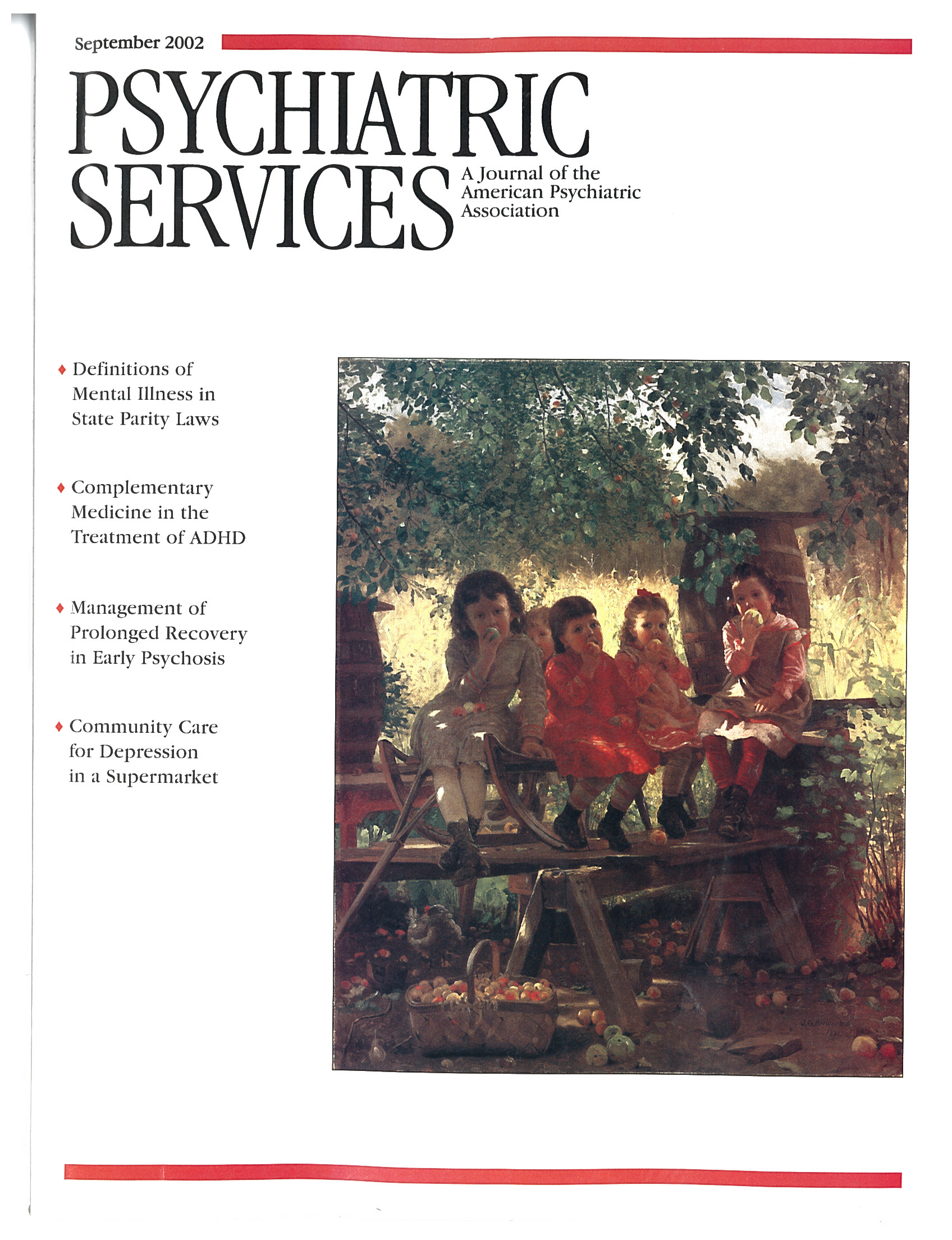Stigma and Violence
In Reply: In his letter Dr. Torrey critiques the papers included in the special section for not addressing the public's fear of violence, which he cites as the most important cause of stigma. We concur that fear of and misconceptions about violence among persons with mental illness and the potential contribution of these factors to stigmatization are critical topics to address. Some of our colleagues and coauthors of papers in the special section have made contributions to the literature on stigma and violence. They have demonstrated, for example, that the American public believe that persons who have symptoms of mental illness, or who are described as having them, are prone to violence and that this misconception was as prevalent in the 1990s as it was in the 1950s (1,2,3).
Our section, however, was focused on a different topic: the adverse consequences of stigmatization of people with mental illness as they—and their families—perceive and experience it themselves. In particular, we were concerned with the adverse impact of perceived stigma on key aspects of recovery from mental illness, including its effect on adherence to medication regimens, self-esteem, and social functioning, as well as the impact of stigma on families. Because the impact of stigma on recovery has received little attention and the data reported in the papers in our section suggested that perceived stigma has adverse effects on several areas of recovery, we wanted to draw attention to this little known aspect of stigma.
1. Struening EI, Moore RE, Link BG, et al. Perceived dangerousness of the homeless mentally ill. Presented at the annual meeting of the American Public Health Association, Washington, DC, Nov 7-11, 1992Google Scholar
2. Link BG, Phelan JC, Bresnahan M, et al: Public conceptions of mental illness: labels, causes, dangerousness, and social distance. American Journal of Public Health 89:1328-1333, 1999Crossref, Medline, Google Scholar
3. Phelan JC, Link BG, Stueve A, et al: Public conceptions of mental illness in 1950 in 1996. Paper presented at the annual meeting of the American Sociological Association, Toronto, Ontario, Aug 16-20, 1996Google Scholar



